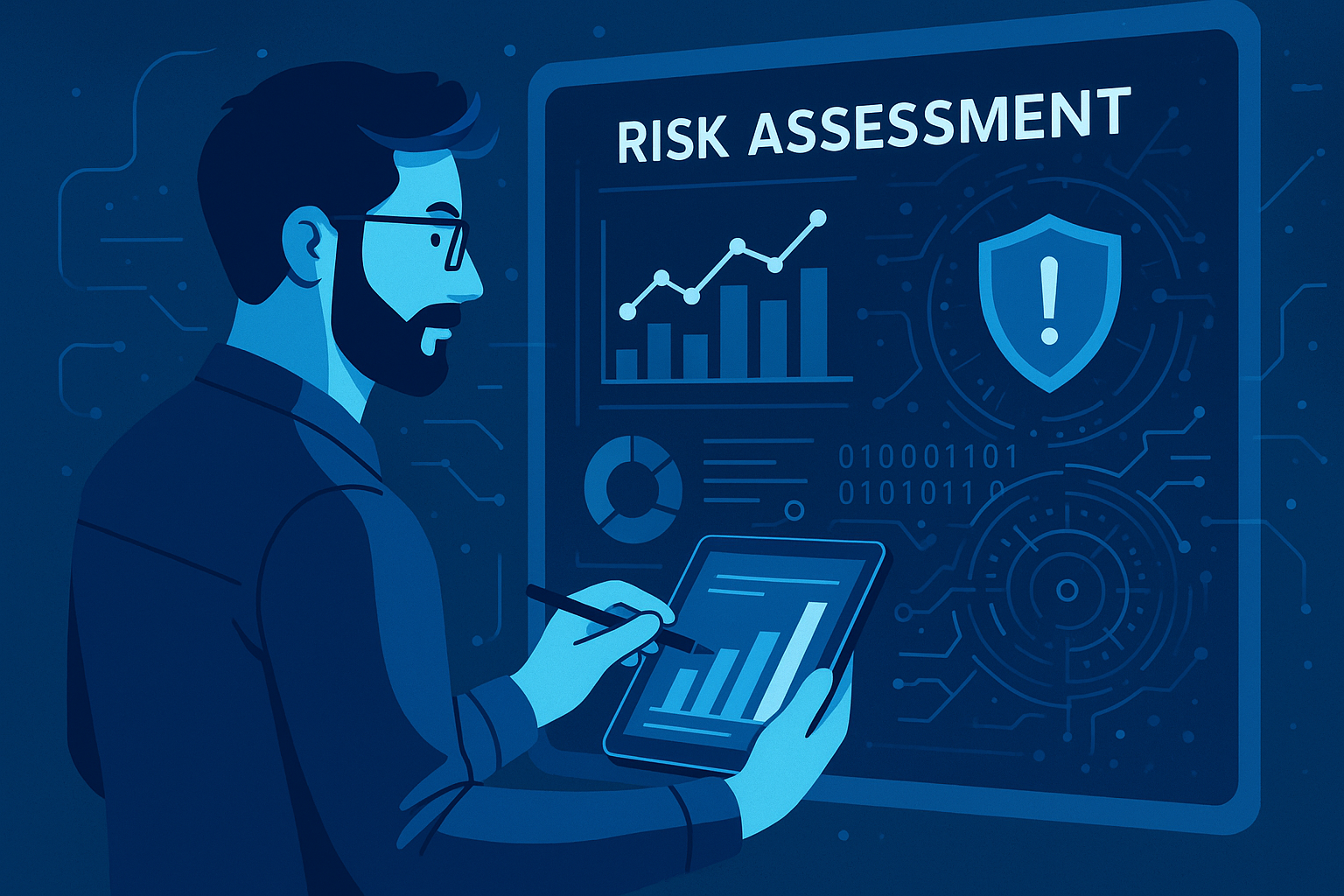Rethinking Risk: From Manual Reporting to Automated Intelligence

I recently had a fascinating strategy call with Michael Rasmussen, founder of the GRC Report. Our conversation illuminated a critical shift happening in risk management—one that goes far beyond traditional compliance approaches.
The Documentation Trap
Michael said: "Too often, risk and compliance programs look strong on paper—policies are written, controls are documented, frameworks are in place—but the execution falters."
Organizations spend enormous effort creating compliance documentation for auditors and boards, but when it comes to demonstrating actual security posture or preparing for audits, they're scrambling to manually collect evidence from dozens of disconnected systems.
Continuous Compliance > Periodic Reporting
A game-changing insight: "Compliance is not a project, compliance never stops."
The shift toward continuous compliance monitoring versus traditional periodic reporting transforms risk management efficiency. Instead of quarterly scrambles to gather evidence, organizations can have real-time visibility into their security posture.
At RiskRadar, this transformation is why we built automated security evidence collection that delivers continuous oversight across IT risk domains—from device security and identity management to cloud security and vendor risk.
Who Really Owns Risk?
An interesting debate emerged: While some argue for centralized risk ownership, effective risk management requires every department to own their piece of the puzzle and share information efficiently.
This distributed model is why we designed RiskRadar to be agentless and API-driven—different teams maintain ownership while contributing to a unified risk picture that makes sense to executives, auditors, and operational teams.
From Reactive to Strategic
Michael emphasized how "technology, process discipline, and a culture of accountability intersect" in effective risk programs. The market is shifting toward solutions that provide auditable trails, measurable progress, and continuous demonstration of compliance commitments.
This represents a fundamental change from reactive compliance work to strategic risk assurance. Our platform transforms this by:
• Automating evidence collection across security tools
• Mapping data to business risk rather than just technical metrics
• Reducing audit prep time from weeks to hours
• Delivering executive-friendly reporting for strategic decisions
The Bottom Line
Our conversation validated what we're building: technology that transforms audit prep and board reporting from manual exercises into strategic capabilities.
The question isn't whether this transformation will happen—it's whether your organization will lead it or be forced to catch up when manual approaches can no longer keep pace with the flow of business.






